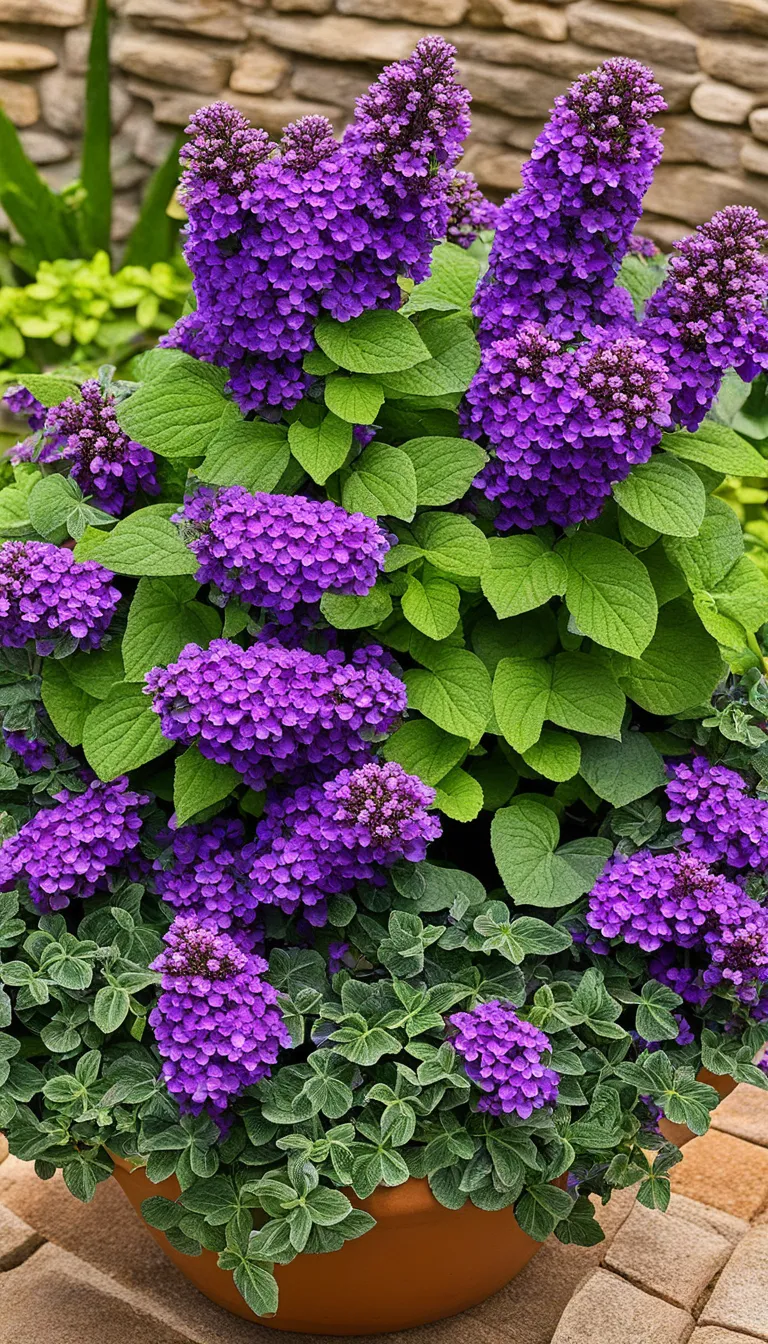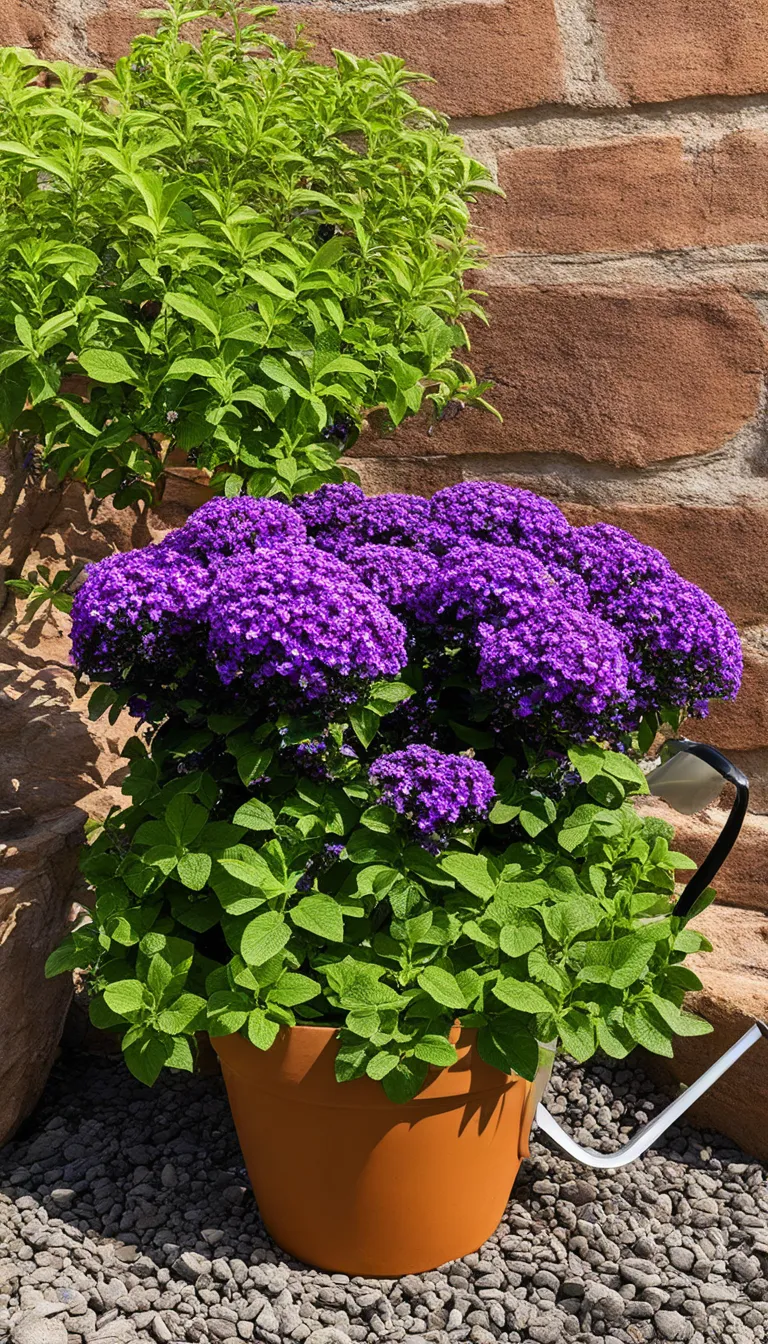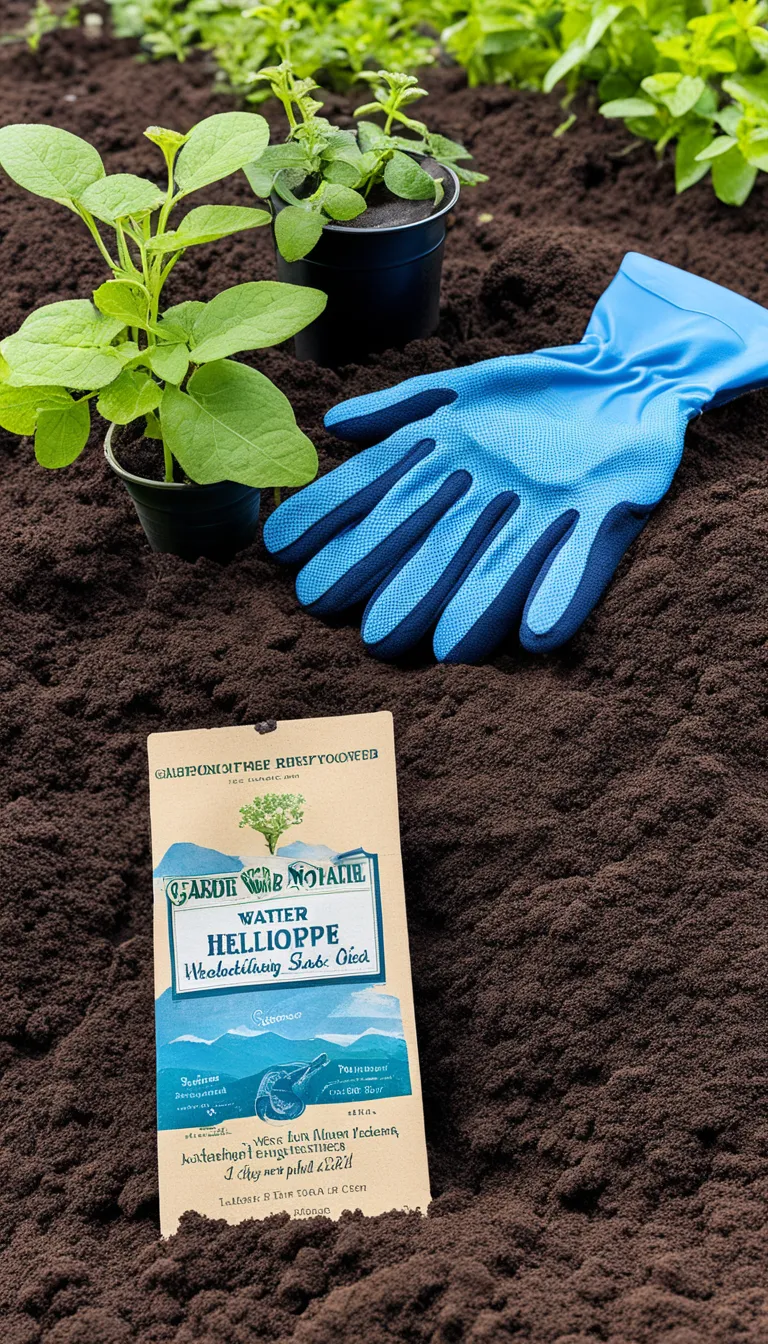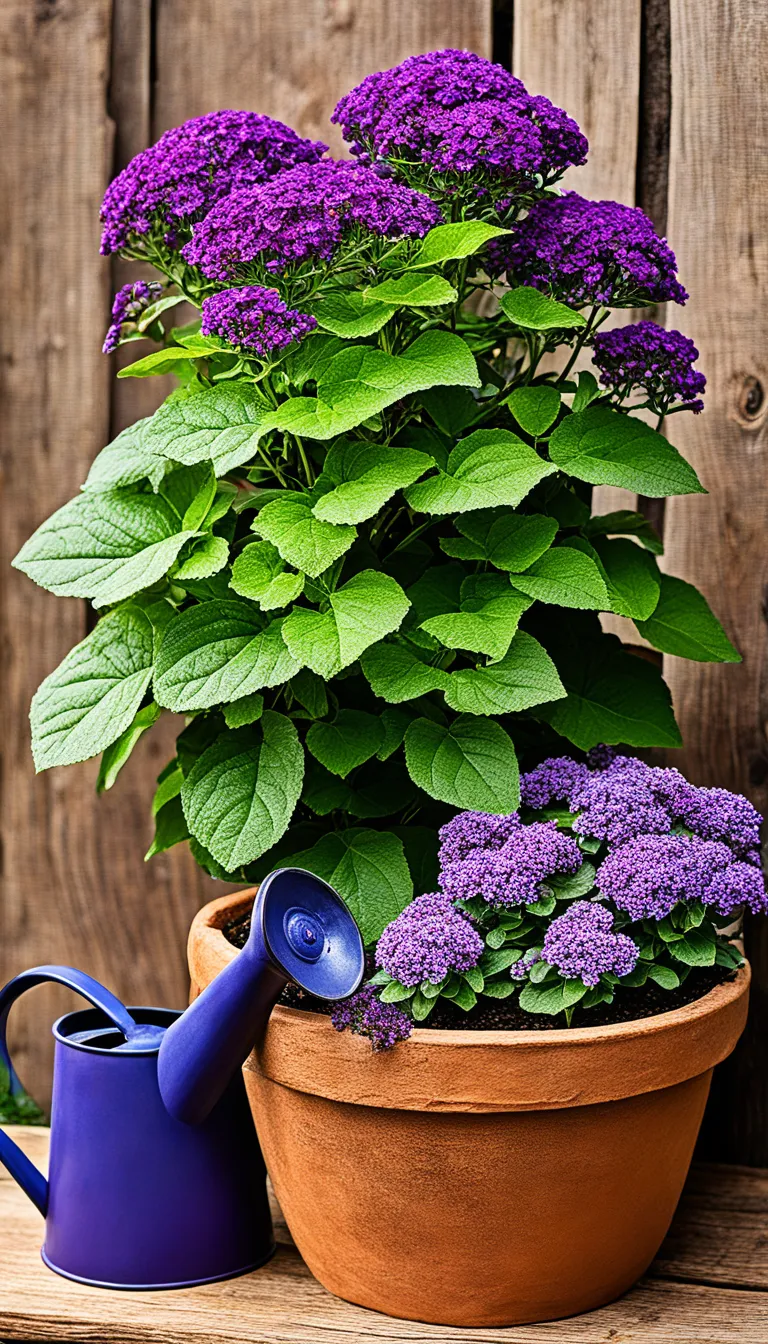Discover the enchanting world of heliotropes, from their sweet fragrance to their vibrant blooms that follow the sun’s path across the sky. Have you ever experienced the sheer delight of walking past a garden and being greeted by an intoxicating scent that seems to dance with the breeze? That’s the magic of heliotropes! These delightful plants are not just a feast for the nose, but a spectacle for the eyes too, with their rich purple hues that can add a splash of color to any setting.
But what makes heliotropes truly fascinating? Is it the way their flowers turn to follow the sun, much like sunflowers, giving them the nickname “turnsole”? Or is it perhaps the way they can transform a garden into a vibrant, living painting? Whatever it is, one thing is for sure: heliotropes have a special way of capturing hearts and turning heads. So, if you’re looking to add a touch of surprise and explosion to your garden, look no further than the heliotrope. Let’s dive into the world of these astonishing plants and find out what makes them tick!
Are you ready to be part of the heliotrope fan club? Well, buckle up because we’re about to embark on a journey through the twists and turns of caring for and planting these beauties. By the end of this, you’ll not only be an expert on heliotropes but you might just be their biggest advocate. Stick around as we explore the ins and outs of heliotrope care and discover the secrets to a garden that’s bursting with life and fragrance.

What is Heliotrope?
Heliotrope, also known by its botanical name Heliotropium, is a genus of flowering plants that belong to the borage family. These captivating blooms are renowned for their sweet fragrance and their unique ability to track the sun across the sky, much like sunflowers. Originating from tropical regions of South America, their vibrant colors and pleasant scent have made them a beloved addition to gardens worldwide.
Often found in shades of purple, white, and blue, heliotropes are not only a visual delight but also a favorite among pollinators such as butterflies and bees. The term ‘heliotrope’ itself is derived from the Greek words ‘helio’, meaning sun, and ‘trope’, meaning turn. This nomenclature reflects the plant’s sun-seeking behavior, which is a phenomenon known as heliotropism.
Gardeners and floral enthusiasts prize heliotropes for their versatility and ease of growth. They are commonly used in border plantings, container gardens, and as a standout specimen in floral arrangements. With their rich history and charming characteristics, heliotropes continue to capture hearts and beautify gardens around the globe.
- Family: Boraginaceae (borage)
- Genus: Heliotropium
- Common names: Cherry Pie, Common Heliotrope
- Color Variations: Purple, White, Blue
- Notable Feature: Heliotropism – the ability to follow the sun

How to Care for Heliotrope?
Heliotropes, with their heady sweet scent and royal purple hues, are a gardener’s delight. But how do you keep these sun-loving beauties thriving? Fear not, for I’ve got some pro-tips to ensure your heliotropes are not just surviving but flourishing!
First things first, heliotropes are like solar panels – they need plenty of sunlight. Aim for a spot that gets at least 6 hours of direct sunlight a day. But what about hydration, you ask? Well, these plants like their soil moist, but not waterlogged. It’s a delicate balance, like making the perfect cup of tea.
Now, let’s talk feeding. Heliotropes are a bit like teenagers; they’re always hungry! During the growing season, a balanced fertilizer every few weeks will keep them happy. And don’t forget to deadhead the spent blooms to encourage new ones to take their place. It’s like giving your plants a gentle nudge to say, “Keep showing off your beauty!”
- Light: At least 6 hours of direct sunlight daily.
- Water: Keep soil consistently moist, but avoid waterlogging.
- Fertilizer: Apply a balanced fertilizer every few weeks during the growing season.
- Pruning: Deadhead spent blooms to promote new growth.
- Winter care: In colder climates, consider potting your heliotropes to bring indoors or provide a protective mulch layer.
Remember, the key to a thriving heliotrope is to mimic its natural environment. With these care tips in hand, you’re well on your way to creating a sensational and explosive display of color and fragrance that will be the envy of the neighborhood!

Planting Heliotrope
Ready to add a touch of magic to your garden with heliotropes? These stunning flowers aren’t just a feast for the eyes, but their sweet scent will also be a delight for your senses. Planting heliotrope is a straightforward process that can bring a burst of color and fragrance to your outdoor space. Let’s dive into the steps to ensure your heliotropes thrive:
- Choose the Right Spot: Heliotropes love the sun! Pick a location that receives at least 6 hours of direct sunlight daily.
- Soil Preparation: These flowers prefer well-draining soil. Amend your garden soil with compost to enrich it and ensure proper drainage.
- Planting Time: The best time to plant heliotropes is after the danger of frost has passed. Early spring is usually ideal.
- Spacing: Give your plants room to grow. Space heliotropes about 10 to 12 inches apart to allow for ample air circulation.
- Watering: After planting, water your heliotropes generously to settle the soil around the roots. Thereafter, water them when the top inch of soil feels dry to the touch.
- Feeding: A balanced, slow-release fertilizer applied in the spring can provide the necessary nutrients for healthy growth.
Remember, heliotropes are not just plants; they’re a living spectacle that explode with color and surprise with their sweet aroma. With the right care, these beauties will reward you with their presence all summer long. So, are you ready to transform your garden into a sun-following floral paradise? Let’s get planting!





